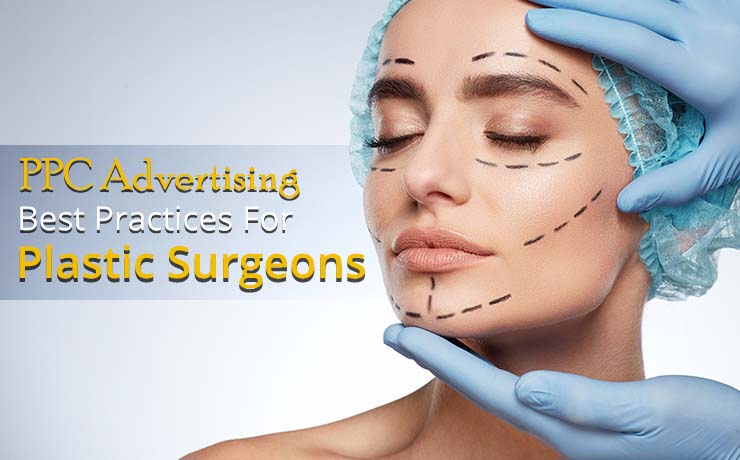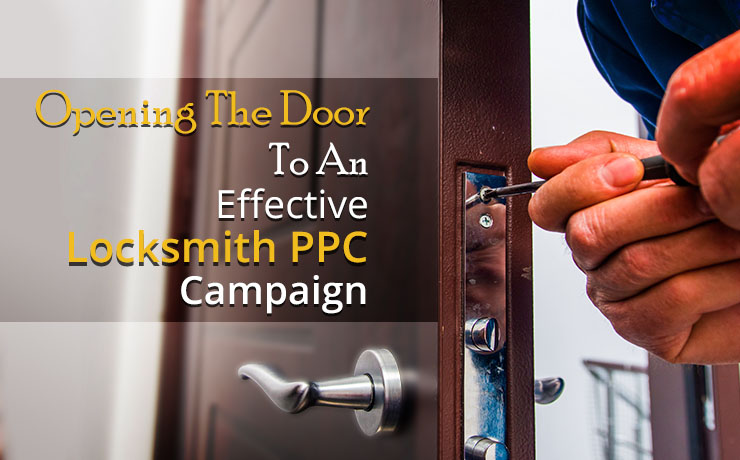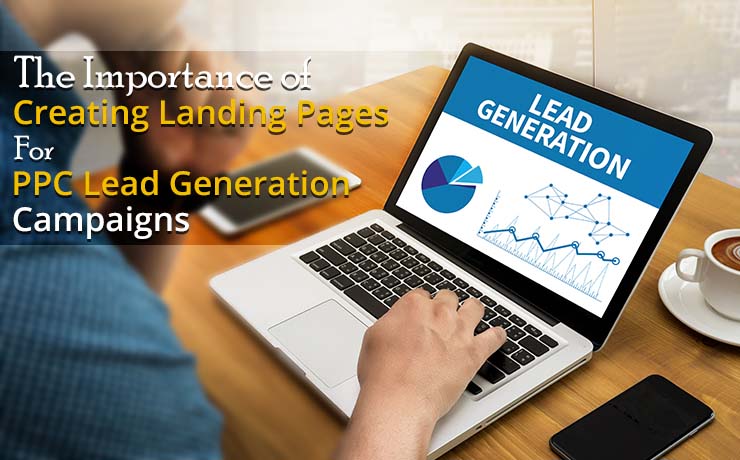PPC Advertising Best Practices For Plastic Surgeons

Chad Faith
Director of Content

With PPC, you only pay if someone clicks on your ad, which is a cost-effective method to gain traffic to potential patients. Learn about the best practices of PPC advertising for plastic surgeons here!
Create Your Target Audience Persona(s)
The following elements are common in most PPC campaigns:
- Landing pages
- The ad text/messaging
- Targeted keywords
A great PPC campaign ensures that every one of those components not only uses the language that your audience can understand throughout their searches, but also provides them with value by providing current, authoritative information that meets their plastic surgery demands. For any campaign, the “target audience” should be precisely defined, from income and age down to geographical location, gender, and behavioral patterns. To obtain this knowledge, ask these questions to yourself:
- Who is your target audience?
- What are their primary motivations?
- What obstacles might they face if they decide to have plastic surgery?
- Is it true that they seek surgery, or are they wanting to improve their lives in general?
- What methods do they use to locate plastic surgeons? What are they inquiring about?
You’re likely to have a variety of personas. What, for instance, do 80 percent of patients who approach you for liposuction have in common? Who is the optimal candidate for a consultation for a belly tuck? Consolidate these qualities and attributes into a persona, complete with basic demographic information, purchasing considerations, main priorities, and any hurdles that prohibit someone from choosing plastic surgery services. The best approach to obtain these insights is to speak with real patients and listen to how they handled their patient journey. Where did they begin? What actions did they take at each stage? What tools did they make use of?
It’s also critical to acquire internal approval from stakeholders for these personas, since you’ll utilize them to coordinate every facet of your advertising campaigns.
Use Social Media for PPC
Google Ads is the industry standard for PPC Ads. However, PPC advertising is not limited to Google. Many social media sites, such as Facebook and Twitter, provide businesses PPC ad creation and promotion, and also boosted or sponsored posts. Unlike Google, which offers a variety of ad networks that may display adverts on sites other than their search engine, such as web pages and YouTube, those ads are exclusively displayed on their respective platforms.
Through access to significant private data from numerous social profiles, social media PPC offers a plethora of effective ad targeting choices. This enables your plastic surgery practice to target a very specific category of audience to display your advertisements to, such as those within specified income categories, age groups, hobbies, and so on.
The ability to laser target people with PPC advertisements may deliver a high return on investment for your plastic surgery practice because the ads are shown to a subset of users, as well as the opportunity to fine-tune advertisements over time through data-backed optimization.
Using Video Ads
Videos are fantastic for advertising campaigns. In fact, 80 percent of video marketers report that video has assisted them in increasing sales. And 83 percent think video helps them get leads. However, this well-known and powerful marketing strategy is evolving.
So, how can you effectively incorporate the benefits of video into your PPC advertising strategy for your plastic surgery business? To begin, you must accept Google’s vertical video advertisements. With 90% of viewers watching clips on their smartphones, square and vertical advertisements are a no-brainer. Vertical advertising also works well as Instagram Stories.
Bumper video advertisements are another form of video ad that has grown in popularity in recent years. Bumper commercials are very brief clips (6 seconds or less) that cannot be skipped. They perform well when combined with in-stream advertisements (which appear prior, during, or just after clips) or video discovery ads.
Deploy Geotargeting
A large part of creating a successful PPC campaign is narrowing the focus, as well as location-based targeting is another tool in the PPC toolkit. Many PPC platforms, such as Google Ads and Microsoft Ads, include geotargeting, sometimes known as “geofencing.” With this capability, plastic surgeons may target particular locations. Once you’ve created your patient profiles and conducted research to understand where your patients are located geographically, you may create ad campaigns that are only shown to those who reside in the designated region. You may focus your campaign to a certain region if the bulk of your clients live there. Instead of squandering your ad spend by targeting the whole city, you can maximize your ROI by focusing on the individuals who are most likely to be converted.
 Free
Consultation
Free
Consultation Free
Google Ads Audit
Free
Google Ads Audit







